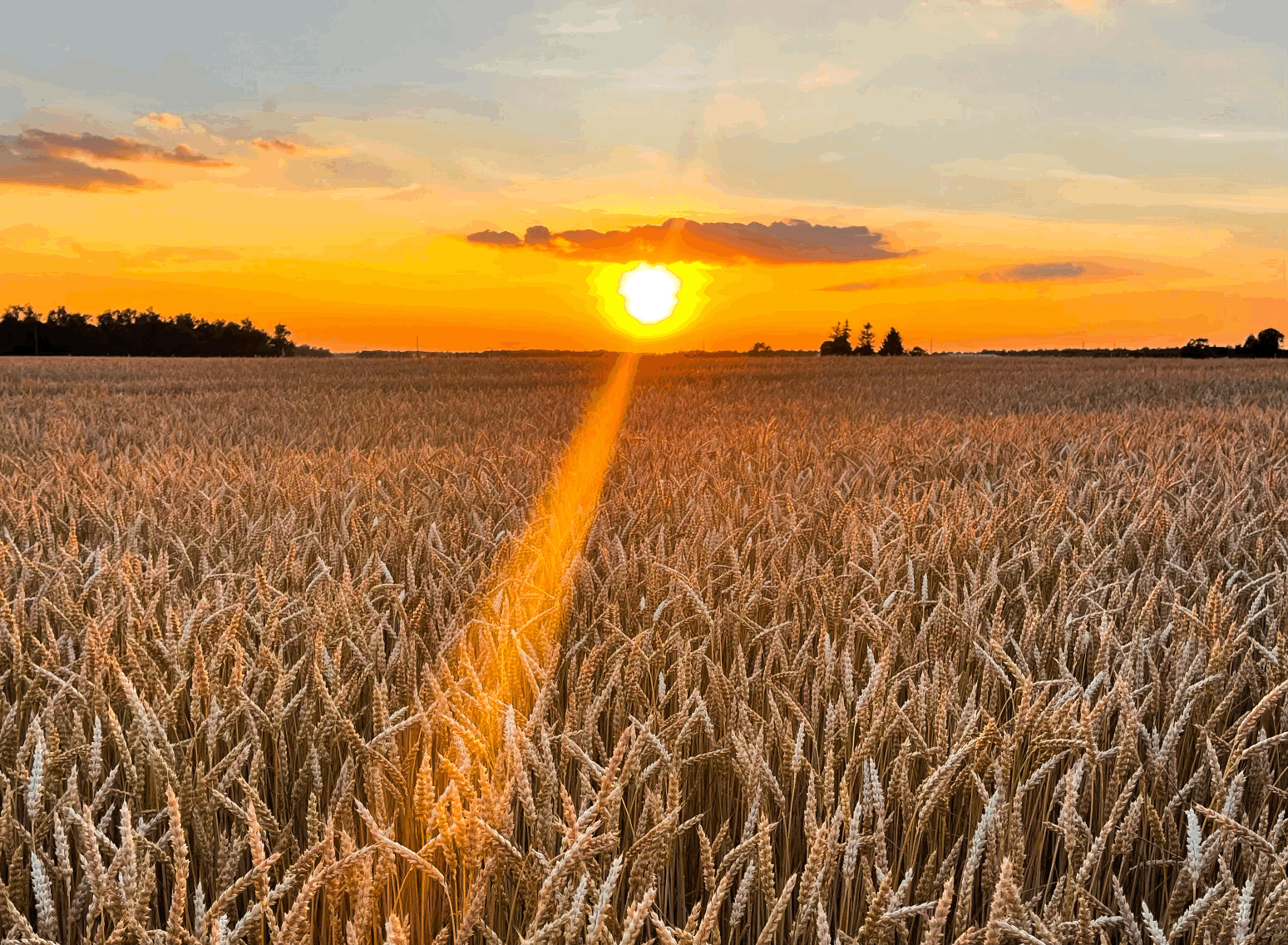Schroeder Featured at Fort Wayne Farm Show, Discussed 5 Private Property Rights Questions
/Brianna attended the Fort Wayne Farm Show on January 17, 2024. She presented about hot topics in land use at the Farm Bureau luncheon to a packed room. Brianna discussed five issues she believes will be the top private property rights questions faced by landowners, county officials, and state politicians in 2024 and beyond. In short, they are:
Water. The U.S. Supreme Court upended federal jurisdiction over wetlands when it decided the Sackett case in 2023. The EPA and Army Corps are trying to catch up but their new regulation has already been challenged in litigation. The Supreme Court pointed out the primacy of state authority when it comes to regulating water resources. Here in Indiana, the state has historically been very hands-off in terms of regulating things like water withdrawal. With increased competition for water (agriculture, industrial, residential, etc.), we are now seeing some counties enter into the water regulation business by prohibiting the exportation of groundwater for projects in other jurisdictions. Water will continue to be a key discussion in county courthouses and at the statehouse.
Solar. Solar development in the midwest shows no sign of slowing down. Indiana has passed several laws attempting to make development more transparent by creating minimum zoning standards for “Commercial Solar Ready Communities” who will be eligible for state funding (if the funds are ever appropriated). In the meantime, counties continue to update their local ordinances regarding solar farms based on intense public commentary over private property rights, preserving farmland, and economic development. Brianna specifically noted the importance of agrivoltaics—the dual use of the sun—where solar panels share the sun with other agricultural uses like sheep, pollinator plants, and maybe soon modified row crops.
Carbon. Indiana is home to another climate-friendly movement: capturing and storing carbon dioxide deep underground (“CCS”). Carbon project developers are leasing the subsurface rights from rural landowners to inject and store CO2. Questions may arise regarding how and whether counties can regulate the placement of pipelines (Iowa is a recent example of counties’ failed attempts to limit pipeline construction as those ordinances were preempted by state and federal law). Indiana law provides certain eminent domain rights to CCS projects and amalgamation or “pooling” rights for subsurface storage if 70% of area landowners agree to the storage leases.
Livestock. For years, modern livestock farms have been subject to multiple layers of regulation, from the federal EPA, state environmental departments, and county zoning ordinances. This past year we saw the U.S. Supreme Court uphold California’s Prop 12—a law dictating how certain livestock must be raised (regardless of what state they are in) to be sold into California. Prop 12 presents some opportunities and many problems for hog farmers throughout the country. This year may bring a federal legislative response (unlikely) or a patchwork of state statutes complicating an already difficult legal landscape (more likely).
Economic development. As competition for land and resources increases, new questions arise. We have seen that most recently in connection with the LEAP district in Boone County, Indiana. The project proposes to bring high-paying high-tech jobs to an up to 9,000 acre campus half way between Indy and Chicago. LEAP is a public/private project backed by the Indiana Economic Development Corporation. Some have questioned the project’s proposed plan to pipe millions of gallons of water from Tippecanoe County over to Boone County. The state has created a Land Use Task Force to examine how communities can attract economic development while protecting prime farmland. The task force recognizes that siting is key, whether we are talking about a solar farm, hog barns, or new chip manufacturing facilities. This brings it full circle—zoning and land use can be a tool of organized development to increase the local tax base, create new jobs to attract young people, produce clean energy, safeguard the food supply chain, and protect important agricultural land.
After the luncheon presentation, Rob Winters from WOWO interviewed Brianna about the land use challenges facing rural landowners and farmers alike. As she was a local kid who grew up listening to WOWO’s local sports coverage, this was a special treat!




